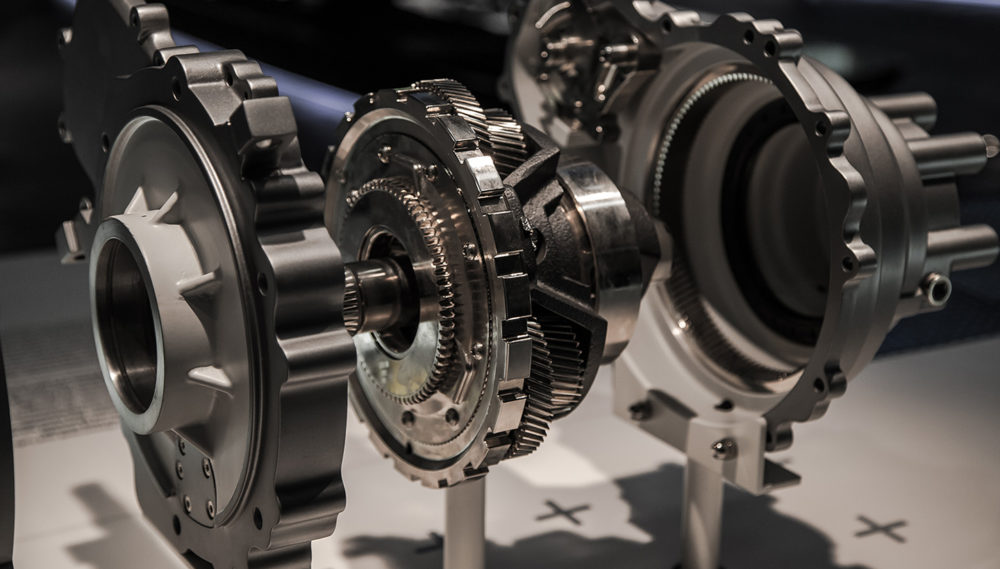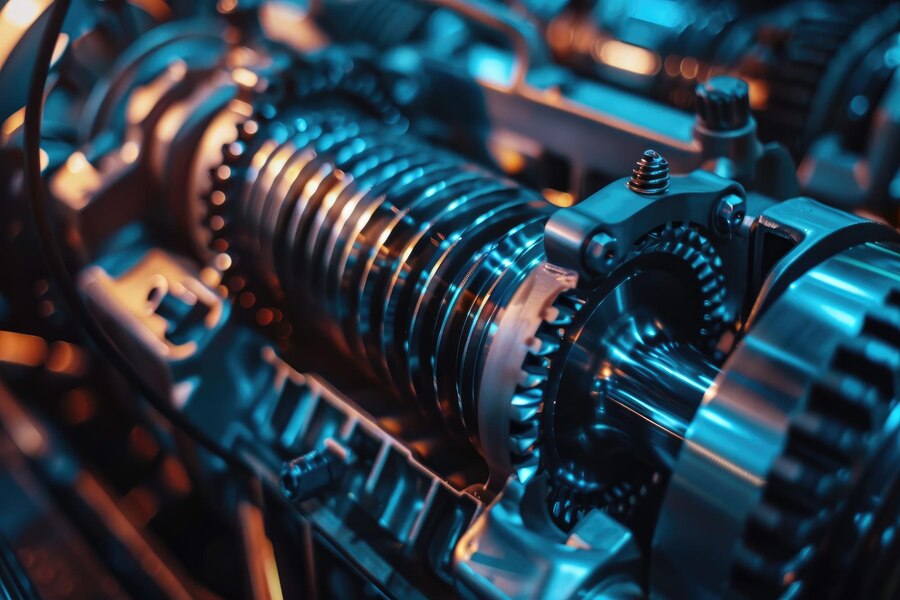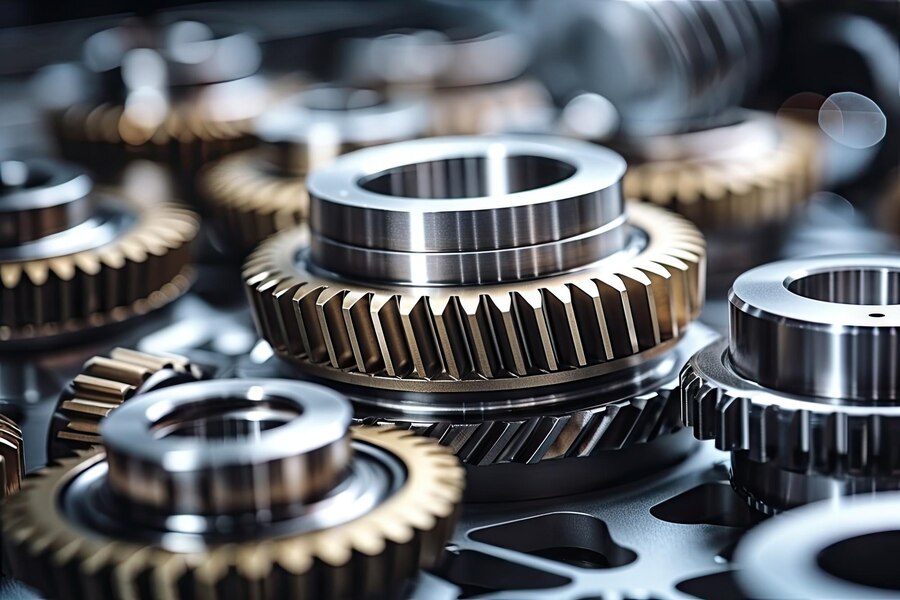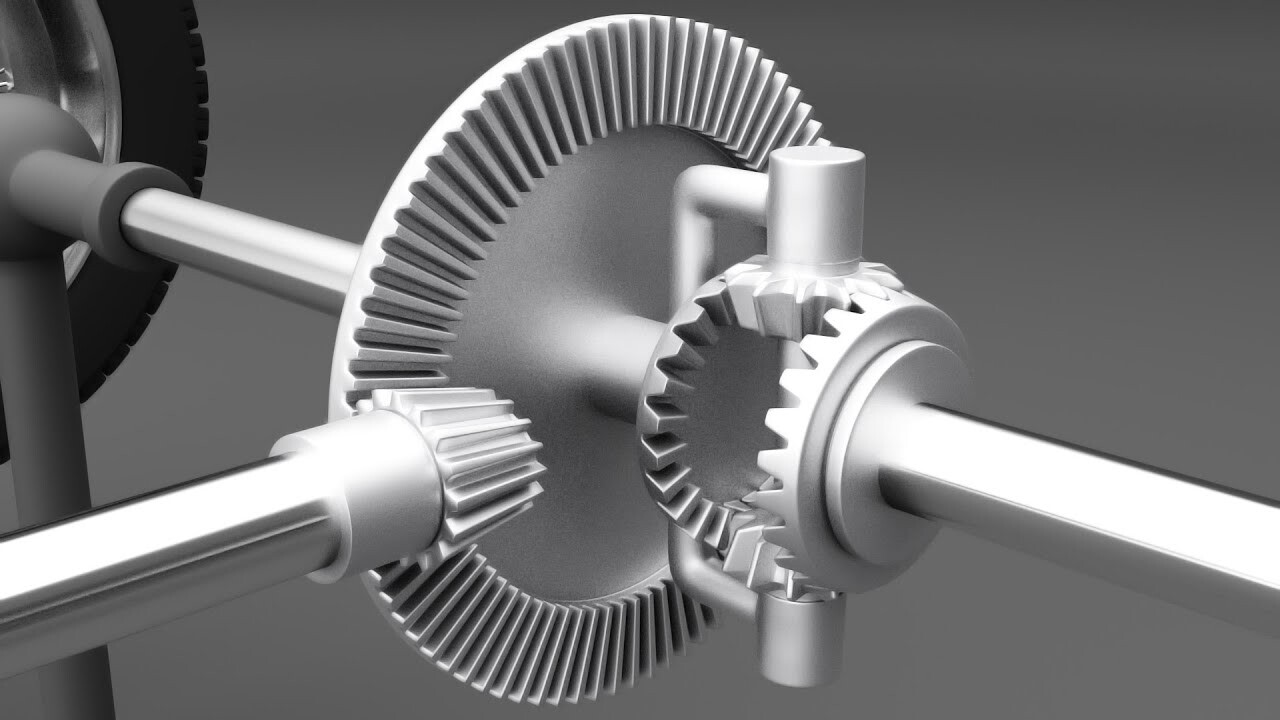Engine Gear
Automotive engines use several types of gears to perform various functions. These gears help in the efficient operation of the engine and its components. Here are some common types of gears used in automotive engines:
Timing Gears: Timing gears are used to synchronize the opening and closing of the engine's valves with the motion of the pistons. They ensure that the valves open and close at the correct time, allowing for efficient combustion and engine performance.
Crankshaft Gears: Crankshaft gears are used to transmit power from the pistons to the crankshaft, which converts the linear motion of the pistons into rotational motion. This rotational motion is then used to drive other engine components and accessories.
Camshaft Gears: Camshaft gears are used to drive the camshaft, which controls the opening and closing of the engine's valves. The camshaft gears ensure that the camshaft rotates at the correct speed relative to the crankshaft.
Oil Pump Gears: Oil pump gears are used to pump oil from the oil pan to the engine's components, such as the bearings and camshaft, to lubricate them and reduce friction. Proper lubrication is essential for the smooth operation and longevity of the engine.
Balance Shaft Gears: Some engines use balance shafts to reduce vibration. Balance shaft gears are used to drive these balance shafts, ensuring that they rotate at the correct speed and phase relative to the crankshaft.
Accessory Drive Gears: Accessory drive gears are used to drive components such as the water pump, power steering pump, and alternator. These gears ensure that these components operate at the correct speed relative to the engine and vehicle speed.
Transmission gears
Transmission gears are an essential part of a vehicle's transmission system, responsible for transferring power from the engine to the wheels at different speeds and torques. Here are the main types of transmission gears found in vehicles:
Manual Transmission Gears: In a manual transmission, the driver manually selects the gears using a gear shifter and clutch. The main gears in a manual transmission include:
First Gear (Low Gear): Provides maximum torque for starting the vehicle from a standstill.
Second Gear: Used for moderate speeds and acceleration.
Third Gear: Used for cruising at medium speeds.
Fourth Gear (Overdrive): Used for high-speed cruising, where the engine speed is lower than the vehicle speed.
Fifth Gear (Overdrive): Some manual transmissions have a fifth gear for even higher-speed cruising.
Automatic Transmission Gears: In an automatic transmission, the transmission system automatically selects the gears based on vehicle speed, engine load, and other factors. The main gears in an automatic transmission include:
Park (P): Locks the transmission to prevent the vehicle from moving.
Reverse (R): Engages the gears to allow the vehicle to move backward.
Neutral (N): Disengages the gears, allowing the engine to run without driving the wheels.
Drive (D): Engages the gears for forward movement. Some automatic transmissions also have additional gears for varying speeds.
Continuously Variable Transmission (CVT): CVT uses a system of pulleys and belts to provide an infinite number of gear ratios, rather than discrete gears. This allows for smoother acceleration and improved fuel efficiency.
Dual-Clutch Transmission (DCT): DCT combines the efficiency of manual transmissions with the convenience of automatic transmissions. It uses two separate clutches for odd and even gears, allowing for quick and smooth gear shifts.
Transmission gears are crucial for controlling the speed and torque of a vehicle, and the type of transmission gear system used can significantly impact the vehicle's performance, fuel efficiency, and driving experience.
Steering gear
The steering system in a vehicle uses several types of gears to convert the rotational motion of the steering wheel into the linear motion needed to turn the wheels. Here are the main types of gears used in a steering system:
Worm and Sector Gear: This is a common type of gear used in the steering system. The steering wheel is connected to a shaft with a worm gear, which meshes with a sector gear connected to the steering linkage. As the steering wheel is turned, the worm gear rotates, causing the sector gear and steering linkage to move, turning the wheels.
Rack and Pinion: In this system, the steering wheel is connected to a pinion gear, which meshes with a rack gear attached to the steering linkage. As the steering wheel is turned, the pinion gear rotates, moving the rack gear and turning the wheels. Rack and pinion steering systems are popular due to their simplicity and responsiveness.
Recirculating Ball: This system uses a recirculating ball mechanism to convert the rotational motion of the steering wheel into the linear motion needed to turn the wheels. A worm gear rotates a series of recirculating balls, which move a nut connected to the steering linkage, turning the wheels.
Steering Gearbox: The steering gearbox is the component that houses the gears used in the steering system. It is typically mounted to the chassis of the vehicle and contains the gears needed to convert the rotational motion of the steering wheel into the linear motion needed to turn the wheels.
These are the main types of gears used in a steering system. The type of gear system used can vary depending on the vehicle's design and the desired steering feel. Regardless of the type, the gears in a steering system play a crucial role in allowing the driver to control the direction of the vehicle.
Differential Gear
The differential gear is a crucial component in a vehicle's drivetrain, especially in vehicles with rear-wheel or all-wheel drive. It allows the drive wheels to rotate at different speeds while transmitting power from the engine to the wheels. Here's how the differential gear works and why it's important:
How it works:
Power Input: The differential receives power from the transmission or transfer case, usually through a driveshaft.
Splitting the Power: The differential splits the power from the driveshaft into two outputs, one for each drive wheel.
Allowing Different Speeds: When the vehicle is turning, the outside wheel travels a longer distance than the inside wheel. The differential allows the wheels to rotate at different speeds to accommodate this difference.
Equalizing Torque: The differential also helps to equalize the torque applied to each wheel, ensuring that both wheels receive sufficient power to maintain traction.
Importance of Differential Gear:
Cornering: Without a differential, the wheels would be forced to rotate at the same speed, making it difficult to turn. The differential allows the wheels to rotate at different speeds during turns, improving maneuverability.
Traction: The differential helps to maintain traction by allowing the wheels to adjust their speed according to the terrain. This is particularly important in off-road or slippery conditions.
Wheel Longevity: By allowing the wheels to rotate at different speeds, the differential reduces stress on the tires and other drivetrain components, potentially extending their lifespan.
Smooth Operation: A properly functioning differential helps to ensure smooth and consistent power delivery to the wheels, improving the overall driving experience.
Overall, the differential gear is a critical component in a vehicle's drivetrain, allowing for smooth turns, improved traction, and reduced wear on tires and drivetrain components.












